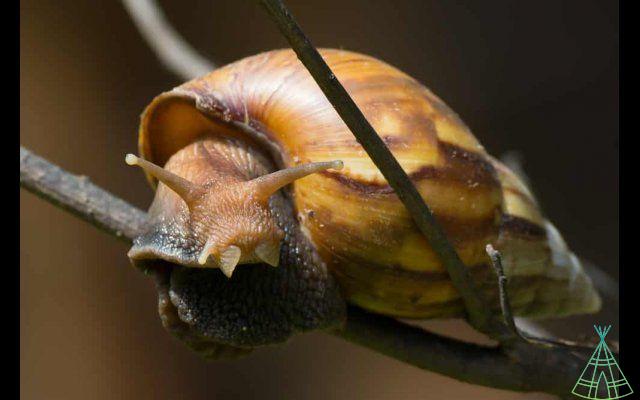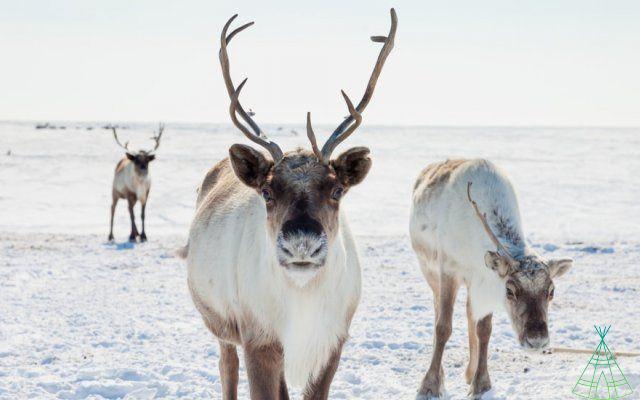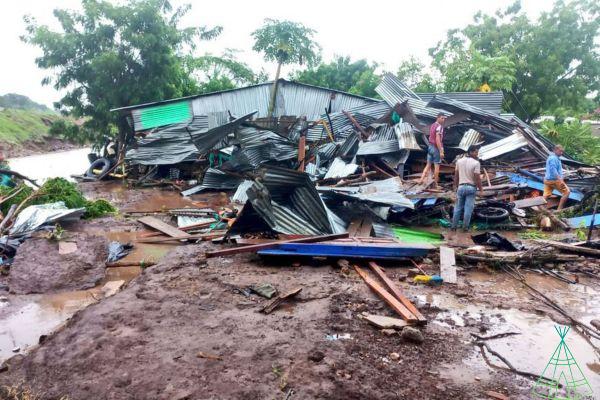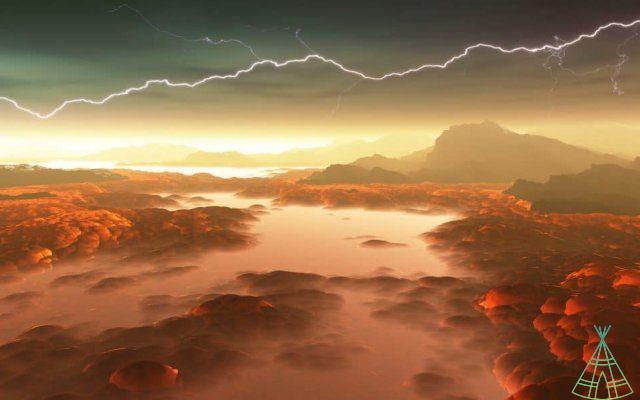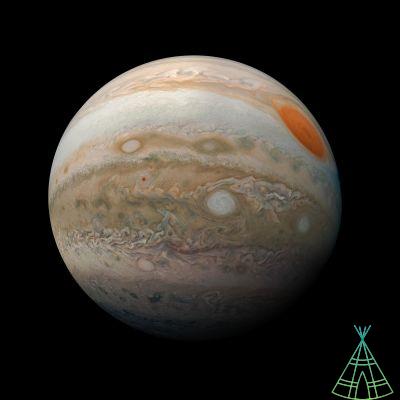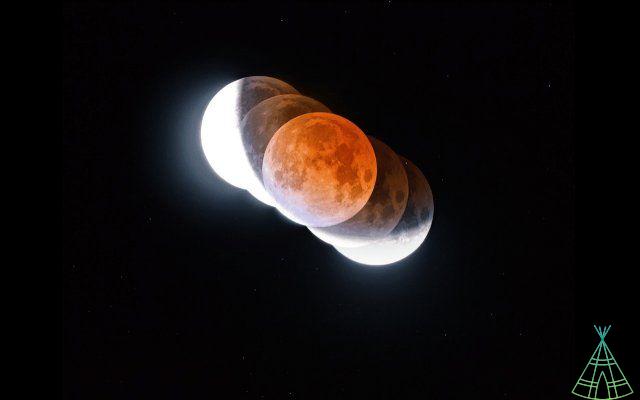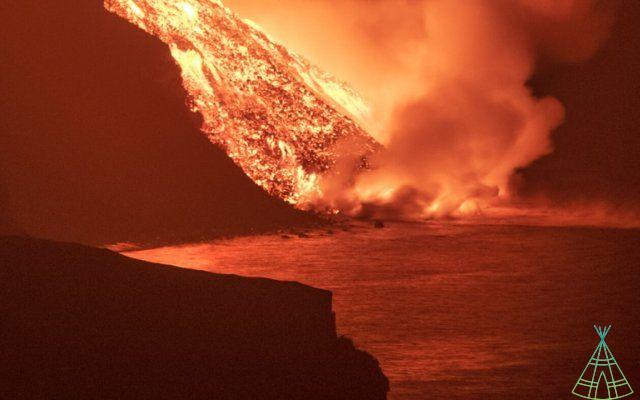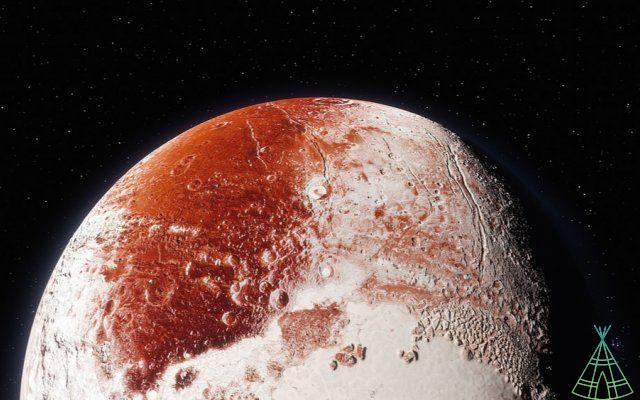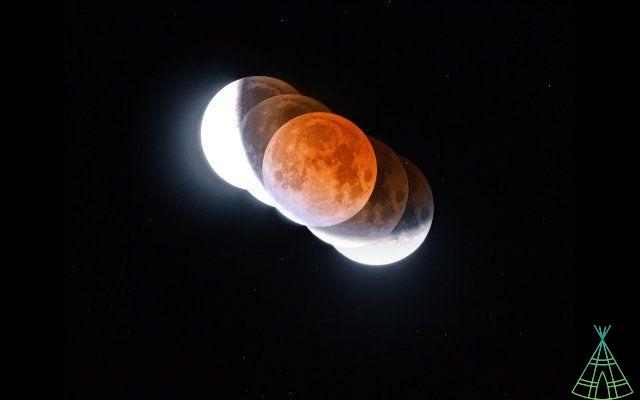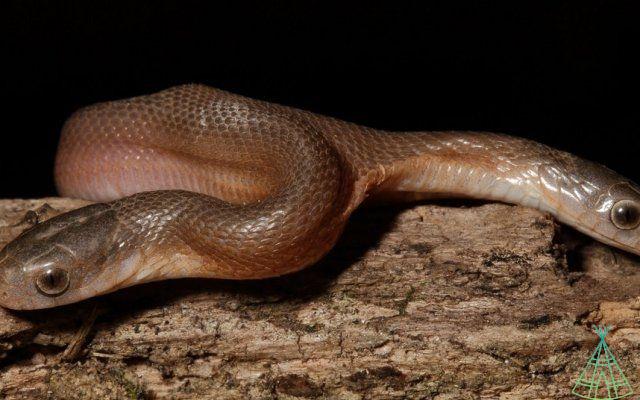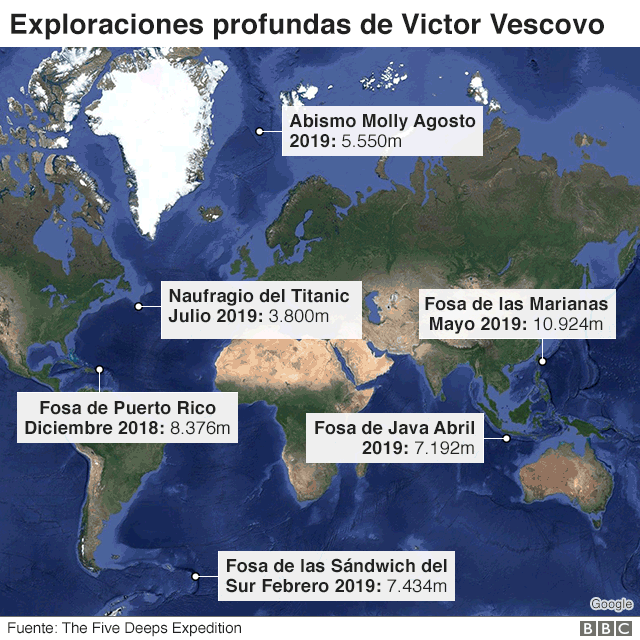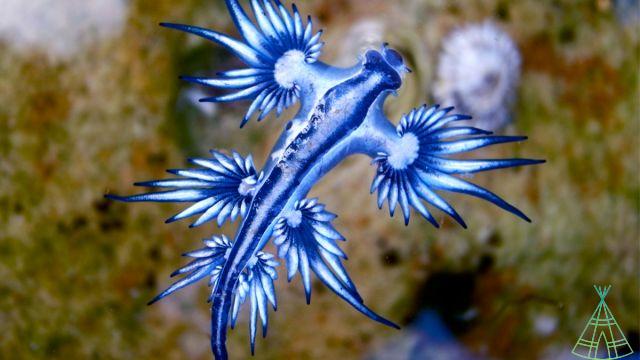
A “Blue Dragon”, a nickname attributed to a slug from the Glaucus atlanticus family, was recorded by a bather on Bertioga beach, in Santos, on the south coast of São Paulo. The animal, which was stranded on the beach, went viral on social media this week.
The blue dragon is what you might call a "sea slug". According to professor and professor of Zoology at USP, Luiz Ricardo Simone, he loves himself “floating through the waters”, without direct contact with the ground. The specialist, who spoke to G1, says that this species has not developed motor functions or crawling, like other slugs.
For this reason, it is dependent on the movements of the sea: “when it runs aground, if the tide doesn't reach it to take it back, it ends up dying there,” said Simone.
Read also
- Unique beauty: rare images show animal known as the “glass octopus”
- Giant fish 'living fossil' can live 100 years at the bottom of the ocean
- Energy released by submarine volcano could power the USA for days
View this post on Instagram
A post shared by Rafael Mesquita Ferreira (@rafa.mesquita)
The blue dragon itself is not poisonous. However, it is not safe to handle it without protection, given that it stores the poisonous device of its favorite meal - the Portuguese caravels -, accumulating in its body the stinging substances of its prey and releasing them through contact at an even greater potency. elevated.
It is worth remembering: Portuguese caravels, although they are not jellyfish, have a similar look to them, although the size is very different. This type of cnidarian can have tentacles of up to 50 meters (m), stinging cells that can cause burns of up to third degree. And the blue dragon, small as it is (an adult individual varies between 3 and 5 centimeters), feeds on them.
“If people find it, the ideal is that they don't touch the animal, the objective is to avoid any accident. It is an animal that deserves to be admired”, said to G1 the master's student at the Museum of Zoology of the University of São Paulo (MZUSP) in Systematics, Animal Taxonomy and Biodiversity, Gemany Caetano.
The record on Bertioga beach occurred at a time when the sea was in undertow, a term attributed to a more agitated movement of the waters, causing them to collide more forcefully with the structures of the coast. According to architect Dalma Mesquita Ferreira, who registered the animal, she was walking along the beach, picking up rubbish, when she spotted the animal for its vibrant colors. Before returning it to the sea, she sent the photo to her son, Rafael, who posted the image on his Instagram account.
Have you watched our new videos on YouTube? Subscribe to our channel!




